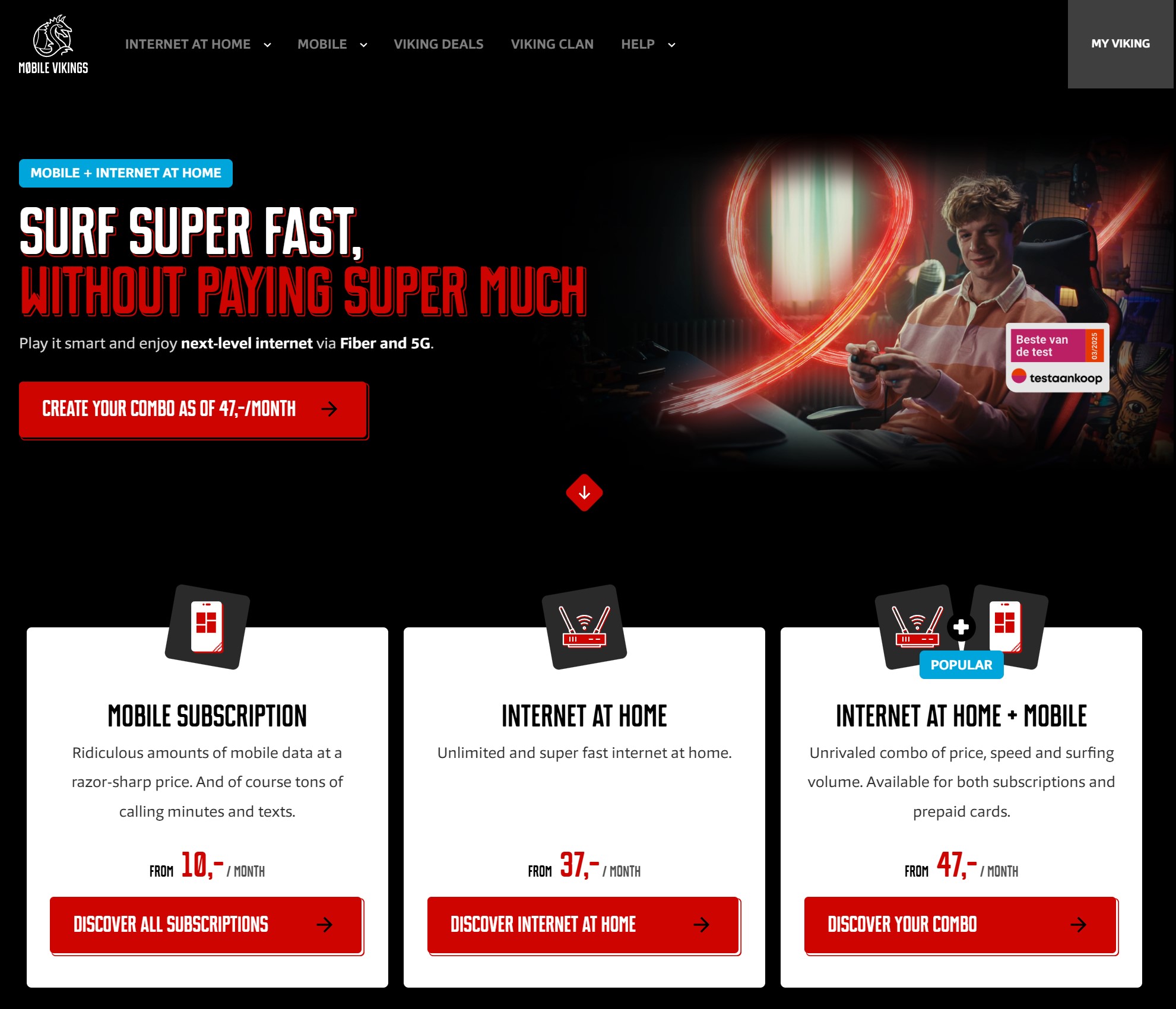The risks of investing in liquefied gas terminals are related to prices, high emissions and locks in major infrastructure projects for decades to come
Additional European investments in clean energy provide the best way to ensure full security of supply for the phasing out of Russian gas, according to the latest report by analyst firm Artelys.
The report examines two scenarios related to the supply of liquefied natural gas through LNG terminals and the use of energy efficiency and renewable energy to end Russian dependence. Both scenarios rely to some extent on the supply of liquefied natural gas as part of the decision to phase out Russian gas.
However, liquefied natural gas supply volumes are twice as high for gas solutions as for clean energy solutions, leading to significant dependence on global LNG markets and price volatility.
When exposed to a 50% increase in gas prices, the European energy system faces a € 30 billion increase in supply costs for liquefied gas decisions and € 15 billion for clean energy decisions. The average European price for the supply of liquefied natural gas increases by 25% for gas solutions (respectively 16% for clean energy solutions), according to the Artelys report.
The analysis assesses the complete cessation of Russian gas supplies by 2025 (set out in the REPowerEU plan) as part of the European Union’s Fit for 55 policy. It gives an idea of what additional investments will need to be made over the next three years to ensure security of supply in Europe for both gas and electricity.
LNG supplies are seen as a viable alternative to natural gas imports from Russia. In addition to increasing the use of existing LNG terminals, the idea of building additional regasification capacity in Europe is gaining momentum.
The United States and the European Union have announced the creation of a working group to reduce Europe’s dependence on Russian gas. As a result, the US will increase the volume of liquefied natural gas exports to the EU (+15 billion cubic meters in 2022, +50 billion m3 / year by 2030), and the EU will work to accelerate regulatory procedures for the approval of liquefied natural gas import infrastructure.
And several member states have announced their ambition to invest in new liquefied natural gas terminals and pipelines as a way to ensure security of gas supply in the event of a complete shutdown of Russian gas.
In particular, countries such as Germany, France, Italy, Greece, Poland, Estonia and the Netherlands have set out plans to invest in floating and stationary liquefied natural gas imports. The proposed and renewed projects from the beginning of the crisis will have a total capacity of at least 70-80 billion cubic centimeters of LNG imports per year, including at least six new floating LNG terminals FSRU (Global Energy Monitor, 2022).














 English
English French
French Spanish
Spanish German
German Dutch
Dutch Italian
Italian Danish
Danish Portuguese
Portuguese Greek
Greek Russian
Russian Swedish
Swedish Bulgarian
Bulgarian Hungarian
Hungarian Catalan
Catalan Ukrainian
Ukrainian Polish
Polish Basque
Basque Chinese (Simplified)
Chinese (Simplified) Japanese
Japanese Hebrew
Hebrew Arabic
Arabic Swahili
Swahili Amharic
Amharic Irish
Irish Afrikaans
Afrikaans Albanian
Albanian Armenian
Armenian Azerbaijani
Azerbaijani Belarusian
Belarusian Bengali
Bengali Bosnian
Bosnian Cebuano
Cebuano Chichewa
Chichewa Chinese (Traditional)
Chinese (Traditional) Corsican
Corsican Croatian
Croatian Czech
Czech Esperanto
Esperanto Estonian
Estonian Filipino
Filipino Finnish
Finnish Frisian
Frisian Galician
Galician Georgian
Georgian Gujarati
Gujarati Haitian Creole
Haitian Creole Hausa
Hausa Hawaiian
Hawaiian Hindi
Hindi Hmong
Hmong Icelandic
Icelandic Igbo
Igbo Indonesian
Indonesian Javanese
Javanese Kannada
Kannada Kazakh
Kazakh Khmer
Khmer Korean
Korean Kurdish (Kurmanji)
Kurdish (Kurmanji) Kyrgyz
Kyrgyz Lao
Lao Latin
Latin Latvian
Latvian Lithuanian
Lithuanian Luxembourgish
Luxembourgish Macedonian
Macedonian Malagasy
Malagasy Malay
Malay Malayalam
Malayalam Maltese
Maltese Maori
Maori Marathi
Marathi Mongolian
Mongolian Myanmar (Burmese)
Myanmar (Burmese) Nepali
Nepali Norwegian
Norwegian Pashto
Pashto Persian
Persian Punjabi
Punjabi Romanian
Romanian Samoan
Samoan Scottish Gaelic
Scottish Gaelic Serbian
Serbian Sesotho
Sesotho Shona
Shona Sindhi
Sindhi Sinhala
Sinhala Slovak
Slovak Slovenian
Slovenian Somali
Somali Sundanese
Sundanese Tajik
Tajik Tamil
Tamil Telugu
Telugu Thai
Thai Turkish
Turkish Urdu
Urdu Uzbek
Uzbek Vietnamese
Vietnamese Welsh
Welsh Xhosa
Xhosa Yiddish
Yiddish Yoruba
Yoruba Zulu
Zulu